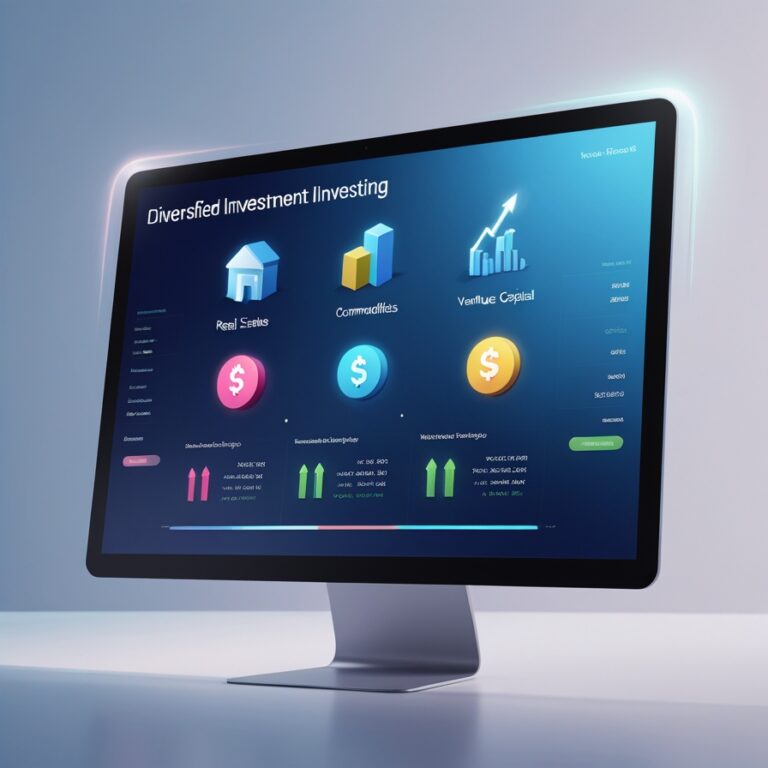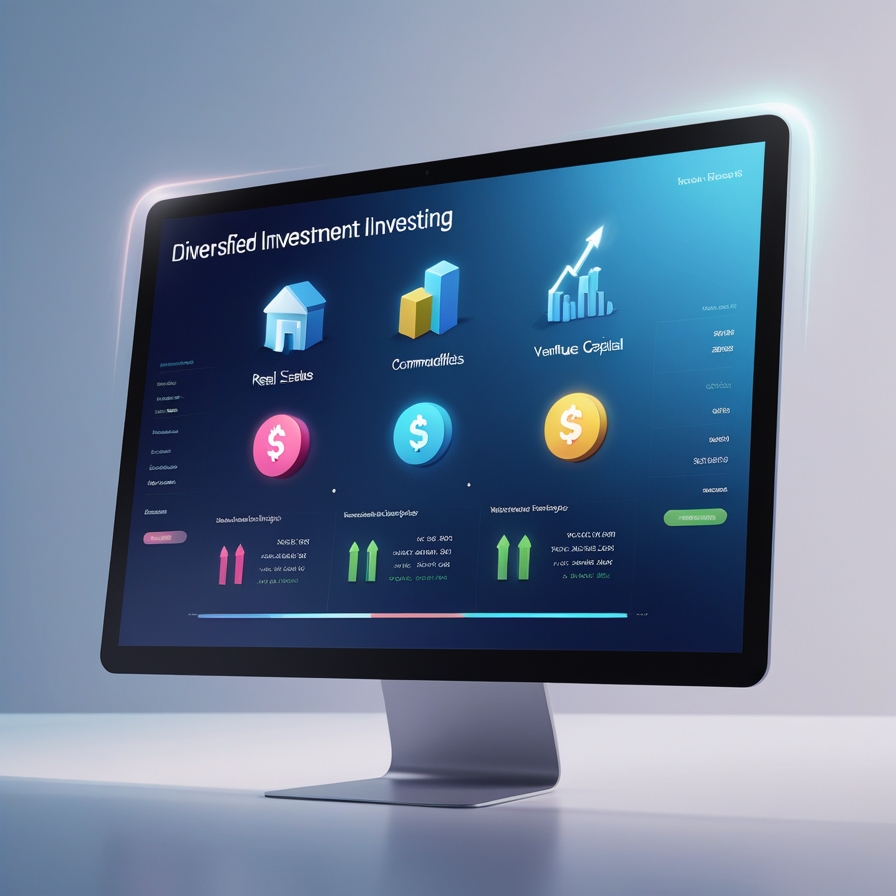What is an ETF in Finance – Beginner’s Guide to Exchange-Traded Funds
If you’re exploring the world of investing, you’ve probably come across the term ETF. But what is an ETF in finance, and why do so many investors talk about them? An ETF, or Exchange-Traded Fund, is an investment fund that’s traded on stock exchanges, much like individual stocks. It pools money from investors to buy a collection of assets—such as stocks, bonds, or commodities—offering instant diversification. Whether you’re just starting your investment journey or expanding your portfolio, ETFs can be a cost-effective and flexible way to grow your wealth while keeping risk balanced.
Understanding How ETFs Work
An ETF works by tracking the performance of a specific index, sector, commodity, or even a mix of assets. When you buy an ETF share, you own a small piece of all the underlying assets in that fund. Unlike mutual funds, ETFs are traded throughout the day on stock exchanges, allowing you to buy and sell them at market prices. This flexibility makes ETFs appealing for both beginners and experienced investors. Plus, most ETFs have lower fees compared to traditional mutual funds, helping you keep more of your returns over time.
Types of ETFs in Finance
ETFs come in many varieties, each designed to meet different investment goals:
-
Stock ETFs – Track a specific stock index or group of companies.
-
Bond ETFs – Focus on government, municipal, or corporate bonds.
-
Commodity ETFs – Invest in physical commodities like gold or oil.
-
Sector ETFs – Target specific industries such as technology or healthcare.
-
International ETFs – Give exposure to global markets outside the U.S.
-
Thematic ETFs – Follow trends like renewable energy or artificial intelligence.
Benefits of Investing in ETFs
ETFs offer several advantages that make them popular with investors:
-
Diversification – Spread risk across multiple assets instantly.
-
Liquidity – Buy and sell during market hours with real-time pricing.
-
Low Costs – Generally lower expense ratios than mutual funds.
-
Transparency – Holdings are usually disclosed daily.
-
Flexibility – Choose from thousands of ETFs to match your strategy.
Potential Risks of ETFs
Like all investments, ETFs carry risks you should understand:
-
Market Volatility – Prices can fluctuate throughout the day.
-
Tracking Error – ETFs might not perfectly match the index they track.
-
Sector Concentration – Niche ETFs can be riskier due to limited diversification.
-
Liquidity Risk – Some ETFs may have low trading volume, making them harder to sell quickly.
How to Start Investing in ETFs
Starting with ETFs is straightforward:
-
Define your investment goals and risk tolerance.
-
Choose between broad-market ETFs or specialized ones.
-
Compare fees, liquidity, and historical performance.
-
Open a brokerage account to buy and sell ETFs.
-
Invest regularly and review your portfolio periodically.
Final Thoughts
Now that you understand what is an ETF in finance, you can see why they’ve become a favorite among investors. With their low costs, flexibility, and instant diversification, ETFs offer an accessible way to build wealth over time. Whether you prefer a hands-off approach with index ETFs or a targeted strategy with thematic funds, ETFs can fit into almost any investment plan. The key is to choose wisely, stay consistent, and let your portfolio work for you in the long run.















